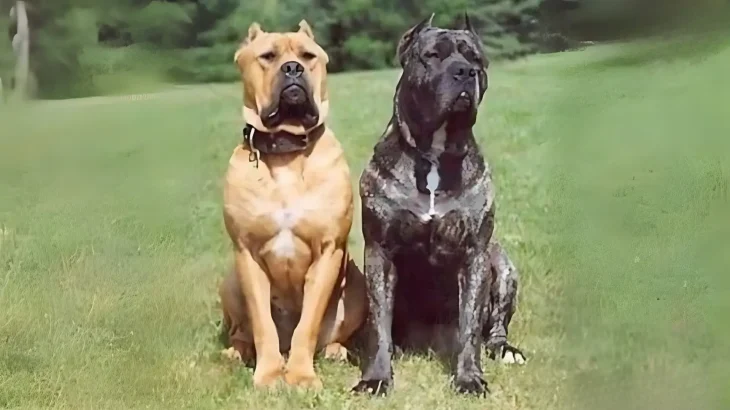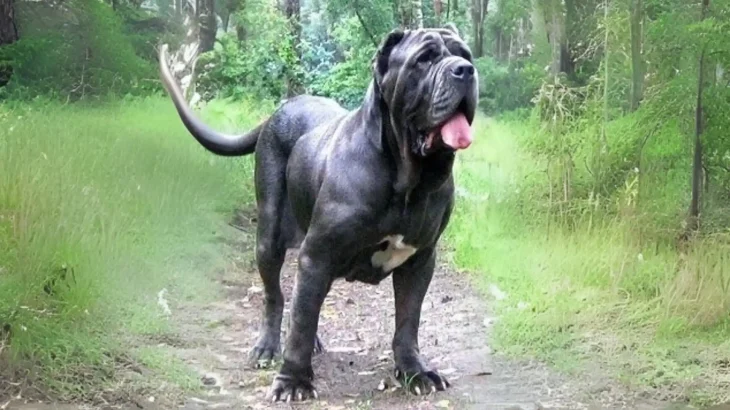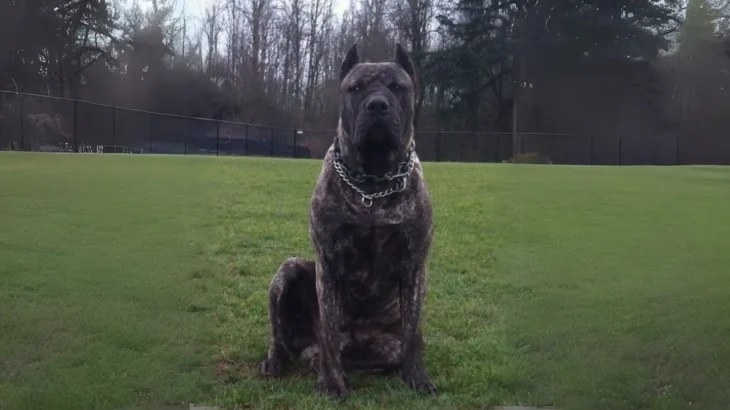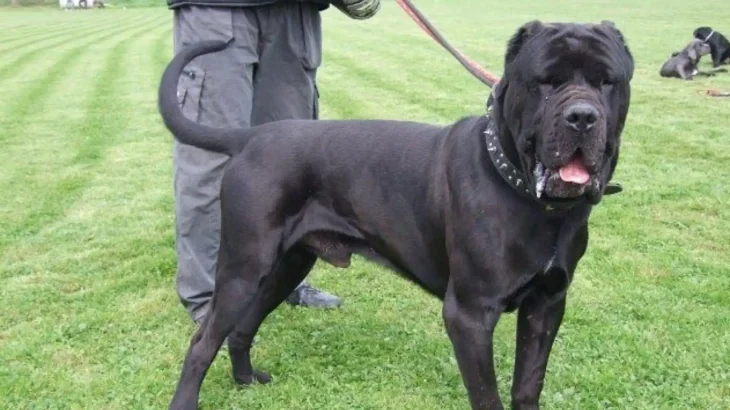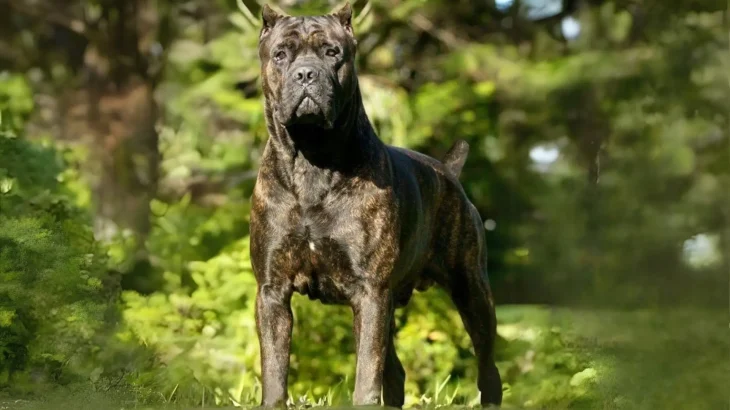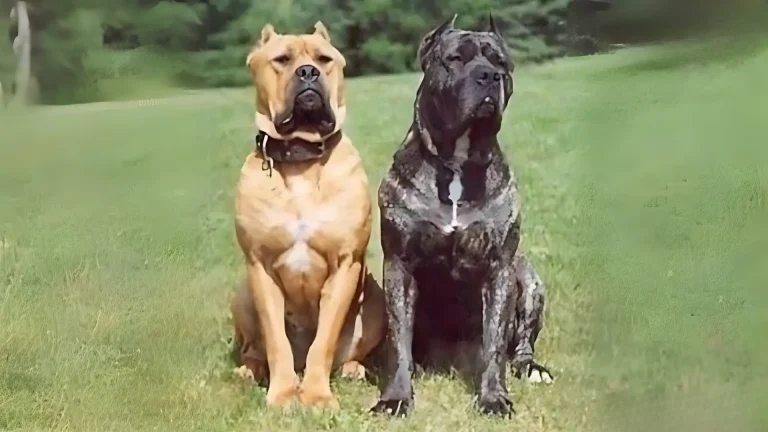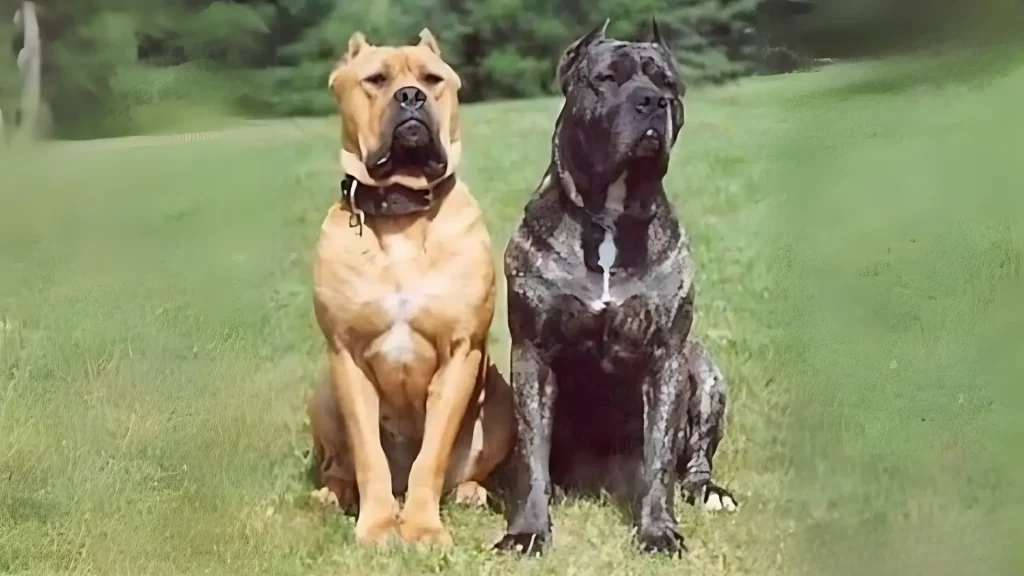Choosing between adopting or purchasing an Australian Bandog puppy depends on your priorities and readiness to meet the breed's unique needs. Buying from a breeder often provides more control over health history and pedigree, while adoption offers a chance to rescue a dog and may come with a lower cost. Both paths carry their own considerations that impact your experience bringing a new puppy home.
Adoption vs. Breeder: Pros & Cons
| Criteria | Buying from Breeder | Adopting from Shelter/Rescue |
|---|---|---|
| Cost | Higher upfront cost, reflecting pedigree and breeding quality. | Generally lower fees, making it a budget-friendlier option. |
| Health History | Detailed health records and genetic screening often provided. | Health background may be limited or unknown; basic vet checks usually done. |
| Age Availability | Primarily puppies, allowing early socialization and training. | Range of ages available, including adults ready for adoption. |
| Temperament Insight | Breeders can share info on lineage temperament and suitability. | Shelter staff can provide behavior observations, though history may be incomplete. |
| Ethical Considerations | Supports responsible breeding when breeders are reputable. | Helps reduce shelter populations and gives homes to dogs in need. |
| Breed Purity & Pedigree | Guaranteed with breeder documentation. | May be mixed or uncertain breed background. |

